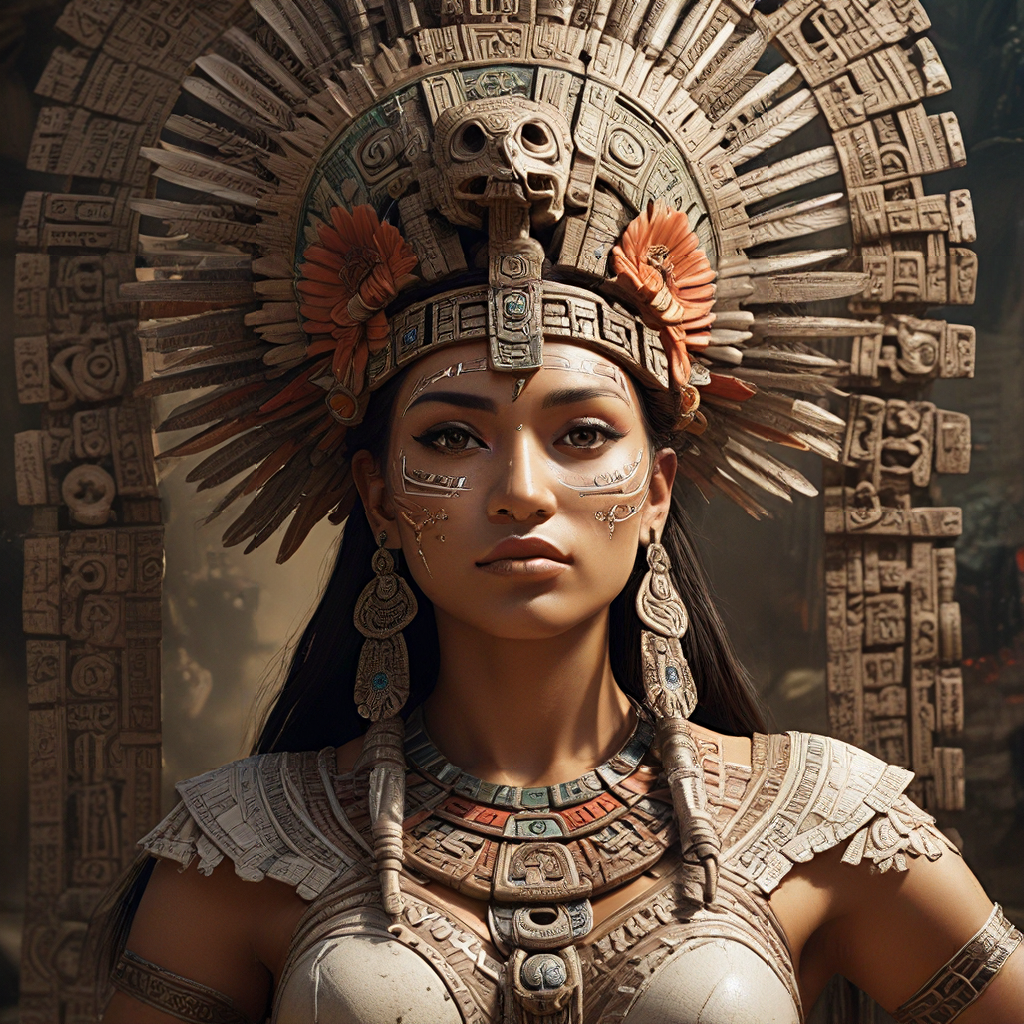African Mythology: Tales of Betrayal and Redemption
The Creation Myth: Betrayal of the Creator
In the beginning, there was only the Sky Father, Olorun, and the Earth Mother, Oduduwa. Olorun created the world and all its creatures, including humans. However, humans soon betrayed Olorun by disobeying his laws. As punishment, Olorun sent a great flood to destroy the world. Only a few humans survived, and they repopulated the earth.
Anansi's Web of Trickery and Betrayal
Anansi is a popular trickster figure in African mythology. He is often depicted as a spider, and his stories often involve him using his cunning to outwit others. In one story, Anansi tricks the other animals into giving him all the best food. In another story, he tricks the Sky Father into giving him the sun and the moon.
Obatala's Lost Children: Reconciliation and Redemption
Obatala is the god of creation and justice. He is often depicted as a white-bearded old man. In one story, Obatala's children are kidnapped by the god of the underworld. Obatala searches for them for many years, and finally finds them. He brings them back to the world of the living, and they are reunited with their father.
The Story of the Sun and the Moon: Betrayal and Forgiveness
The sun and the moon are two of the most important figures in African mythology. The sun is often associated with masculinity, while the moon is associated with femininity. In one story, the sun and the moon betray each other. The sun tricks the moon into marrying him, and then he leaves her for another woman. The moon is heartbroken, but she eventually forgives the sun.
The Trickster Hare: Betrayal or Clever Strategy?
The trickster hare is a popular figure in African folklore. He is often depicted as a clever and cunning animal who uses his wits to outsmart his opponents. In one story, the trickster hare tricks the lion into giving him all the best meat. In another story, he tricks the elephant into giving him a ride. The trickster hare is sometimes seen as a symbol of betrayal, but he can also be seen as a symbol of clever strategy.
The Leopard and the Tortoise: Betrayal, Revenge, and Resilience
The leopard and the tortoise are two of the most popular animals in African mythology. The leopard is often associated with strength and power, while the tortoise is associated with wisdom and patience. In one story, the leopard betrays the tortoise by stealing his food. The tortoise is heartbroken, but he eventually gets his revenge by outsmarting the leopard.
The Battle of the Gods: Betrayal and the Power Struggle
The battle of the gods is a common theme in African mythology. In one story, the god of the sky, Olorun, betrays the god of the earth, Oduduwa. Olorun tricks Oduduwa into giving him all the power. Oduduwa is heartbroken, but he eventually gets his revenge by defeating Olorun in battle.
The Sacrifice of Mansa Musa: Betrayal and Healing
Mansa Musa was a 14th-century emperor of the Mali Empire. He is known for his great wealth and his pilgrimage to Mecca. On his way to Mecca, Mansa Musa was betrayed by one of his generals. The general stole Mansa Musa's treasure and left him to die in the desert. Mansa Musa was eventually rescued by a group of nomads. He returned to Mali and ruled for many more years.
The Spirit of the Baobab: Betrayal, Redemption, and Renewal
The baobab tree is a sacred tree in African mythology. It is often associated with fertility and rebirth. In one story, the spirit of the baobab tree is betrayed by a group of villagers. The villagers cut down the tree and use its wood to build a house. The spirit of the baobab tree is heartbroken, but it eventually forgives the villagers. The tree grows back, and it becomes a symbol of hope and renewal.
Modern Interpretations of Betrayal and Redemption in African Mythology
African mythology continues to be a source of inspiration for modern artists and writers. Many contemporary African writers have used mythological themes to explore themes of betrayal and redemption. For example, the Nigerian writer Chinua Achebe uses the story of the tortoise and the leopard to explore the theme of betrayal in his novel "Things Fall Apart." The South African writer Nadine Gordimer uses the story of the baobab tree to explore the theme of redemption in her novel "The Conservationist."
FAQs
- What is the most common theme in African mythology?
Betrayal and redemption are common themes in African mythology.
- Who is the most popular trickster figure in African mythology?
Anansi is the most popular trickster figure in African mythology.
- What is the significance of the baobab tree in African mythology?
The baobab tree is a sacred tree in African mythology and is often associated with fertility and rebirth.
- How are mythological themes used in modern African literature?
Many contemporary African writers have used mythological themes to explore themes of betrayal and redemption in their work.




